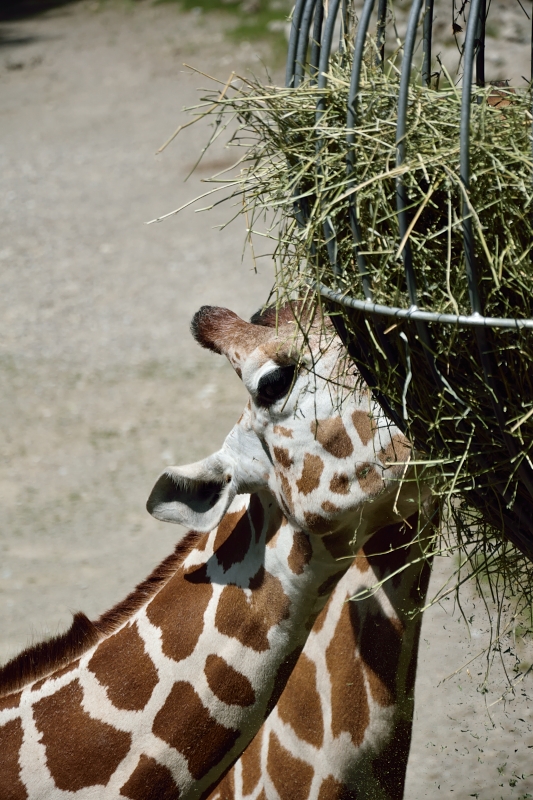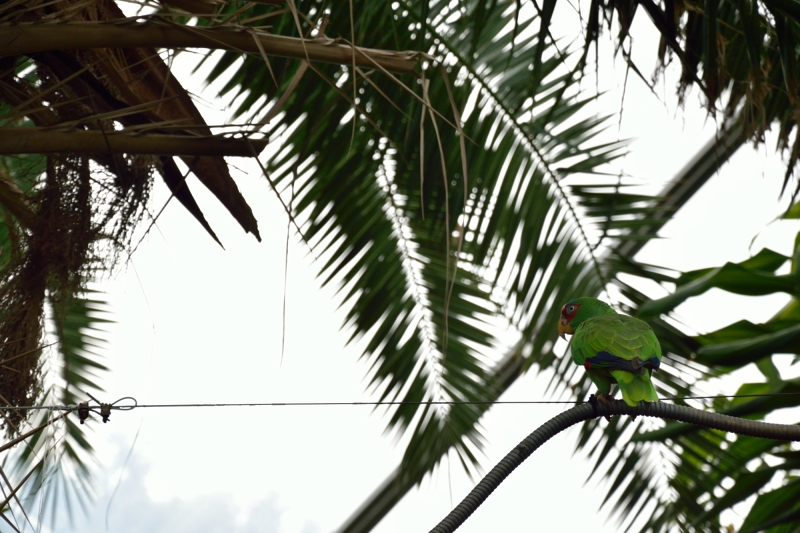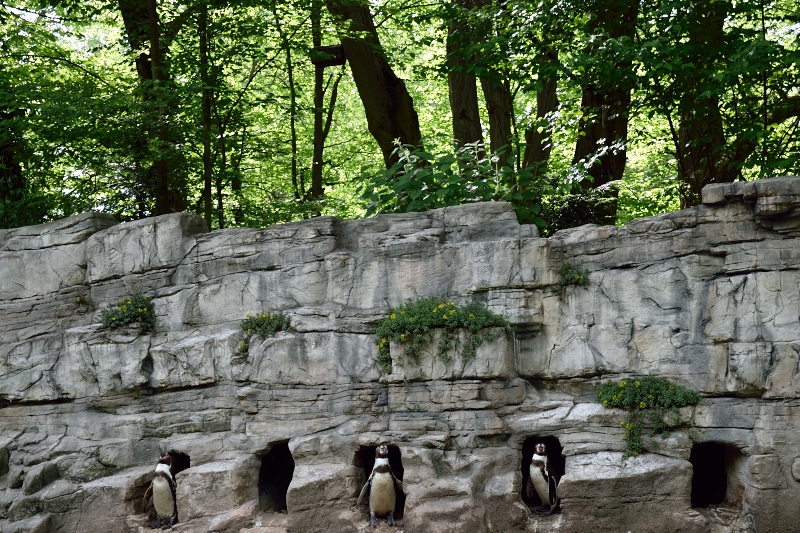The Longest Journey

It's not the one you take physically by train/ car/ bike/ plane (not necessary in this order), but the one which you take when you understand how important nature is for the good functioning of the Universe we live in.
Even though the great role that nature plays in our own lives is not always taught and shown starting with the first steps we take into this world, it can be taught and shown later on, when we are young adults or older.
I strongly believe that raising awareness of the current conservation status of some plants, animals or birds, is a key factor in our lives and represents a step closer to protecting them.
For example, this cute duck,
called Ferruginous duck, has its current conservation status near threatened (NT): "The species is fully protected in Belarus, Bulgaria, Czech Republic, France, Germany, Hungary, Italy, Moldova, Netherlands, Russia, Slovakia, Slovenia, Spain and Switzerland, and is protected from hunting in Austria, Belgium, Greece, Poland, Turkey and Ukraine.".
Meanwhile, other species find themselves in a very good status - least concern - LC - like the giraffe:
Unfortunately, for others, the future... well... they barely have some future, some hope for survival:
Since I first saw the orangutans (critically endangered - CR; both the Sumatran and the Bornean), almost 3 years ago, at the Hellabrunn Zoo, I was deeply moved by what is happening to them. Since I don't want to live in a world where I am gonna have to explain what was a "rain forest", I started in the past couple of years to find out information concerning the rain forest and the palm oil. Another small step I take, whenever I am shopping for groceries, I simply check the ingredients and if it's written palm oil or "palm ... (something)", I put it back on the shelf. The sad part is when I don't put it back, because I don't have an alternative to the product I want to buy, or I don't have time to go somewhere else to look for a replacement, or I am selfish and I want to eat some chocolate...
This cute primate,
the ring-tailed lemur, endemic to Madagascar, it is endangered (EN).
Another endangered (EN) species is the grey crowned crane (Balearica regulorum):
"Declines are attributed primarily to habitat loss and fragmentation and illegal removal of birds and eggs from the wild for food, traditional use, domestication and the international illegal trade market."
Moving to a positive info: the Indian peafowl (blue peafowl) has a conservation status of least concern (LC):
So does the blue-fronted amazon (Amazona aestiva)/ turquoise-fronted amazon/ blue-fronted parrot:
Luckily (or not) for them and for us, we have managed to domesticate some animals, like: the goat,
the alpaca,
the llama,
I was so sad to find out that even the common rabbit (European rabbit) is near threatened (NT):
Last year it was estimated that only 3,555 Indian rhinoceros still live in wilderness, having a conservation status of vulnerable (VU):
Also threatened (vulnerable - VU) are the Humboldt penguins:
The round-eared elephant shrew is among the lucky species which is not endangered (least concern - LC):
In some future posts I will show and write a few more infos about other endangered animals, birds or plants. My journey has just begun...
Where - Hellabrunn Zoo;
When - towards the end of May this year;
With - Nikon D5300 (VR 18-105mm f/3.5-5.6G; 18mm-105mm - ISO 280-1100; 1/30s-1/4000s- f4.5-8; 0EV)























